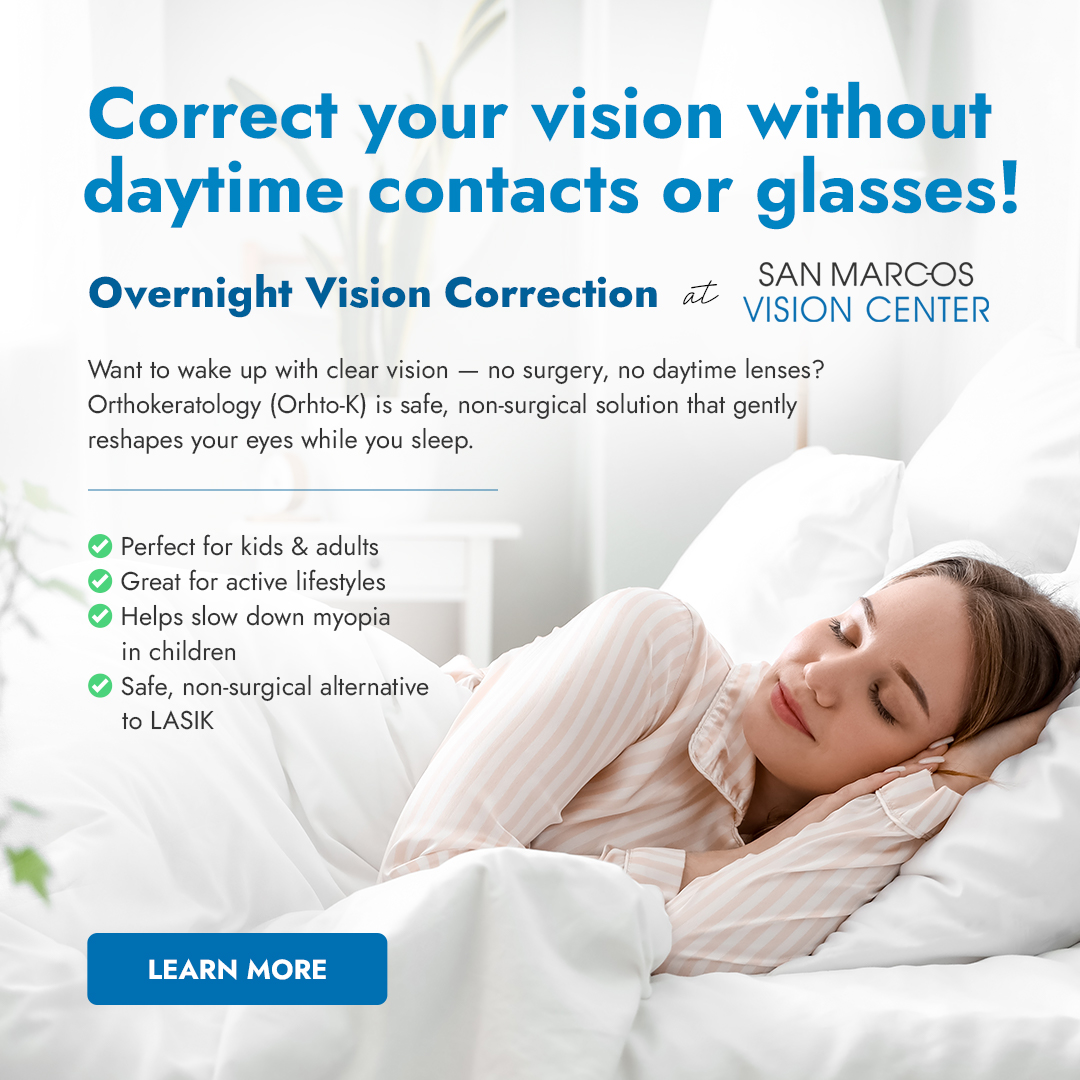
LASIK surgery in 2024 is a pivotal development in the journey of corrective eye surgeries. This advancement represents a significant leap from the early days of laser vision correction. Patients now experience unprecedented levels of precision, efficiency, and safety.
The significance of LASIK in 2024 cannot be understated. It allows individuals to achieve near-perfect vision with minimal discomfort and recovery time. This year marks a new era in ophthalmology, with technology and techniques drastically enhancing patient outcomes.
Understanding LASIK
LASIK was first discovered by accident in 1974 by Russian eye surgeon Dr. Svyatoslav Fydorov. He treated a young boy who had fallen and gotten shards of glass stuck in his eye, which resulted in a reshaping of the cornea and improved vision.
This unforeseen discovery led to further research and the development of the procedure, which was initially called Radial Keratotomy. The scalpel used in the early procedure was later replaced with a laser, resulting in modern all-LASIK eye surgery.
Basic Principles and How LASIK Works
LASIK is a minimally invasive procedure that reshapes the cornea to improve vision. It involves creating a thin flap in the cornea, which is lifted and reshaped using a laser.
The flap is then replaced, allowing the eye to heal naturally. This reshaping of the cornea helps to correct conditions such as nearsightedness, farsightedness, and astigmatism by allowing light to pass through the eye properly.
This modification allows light to focus correctly on the retina. LASIK surgery in 2024 utilizes state-of-the-art lasers and mapping technology. These innovations enhance accuracy and outcomes for patients.
Advantages of LASIK over Other Vision Correction Methods
LASIK offers several advantages over other vision correction methods:
Carefree Vision Correction: LASIK provides a permanent solution to vision problems, eliminating the need for corrective eyewear and the hassle of maintaining glasses or contacts.
Fast, Easy Recovery: The recovery time for LASIK is typically short, with most patients able to resume normal activities within a few days.
Long-term Cost Savings: LASIK surgery can save money in the long run by eliminating the need for ongoing prescription updates and corrective lens replacement.
Permanent Results: LASIK provides long-lasting results, with many patients enjoying improved vision for 10-20 years.
Freedom to Focus on What Matters: LASIK allows individuals to focus on their daily activities without the burden of glasses or contacts.
Personal Style and Preference: LASIK can enhance personal style and confidence by eliminating the need for corrective eyewear.
LASIK Surgery in 2024
LASIK surgery has become popular for those seeking to correct their vision problems, with over 700,000 procedures performed annually in the United States. LASIK surgery in 2024 continues to be a highly effective and sought-after solution for achieving clear vision without the need for glasses or contacts.
Advances in Technology and Techniques
The latest advancements in LASIK surgery in 2024 include the procedure's safety, precision, and effectiveness. These advancements include:
Wavefront Technology: This technology allows for a more personalized treatment approach by mapping the unique imperfections of the cornea. Surgeons can tailor the LASIK procedure to address specific visual aberrations by capturing a detailed three-dimensional image of the eye. Leading to better visual outcomes and reduced risk of side effects.
Femtosecond Lasers: These ultrafast lasers have replaced traditional microkeratome blades to create the corneal flap. They offer increased safety and accuracy compared to traditional methods, contributing to better visual outcomes and reduced complications.
Topography-Guided LASIK: This technique uses corneal topography to create a highly personalized treatment plan, enhancing visual outcomes and reducing side effects like glare or halos.
Smart LASIK Systems: Integrating artificial intelligence (AI) and machine learning in LASIK technology has given rise to smart LASIK systems. These systems use AI algorithms to analyze vast amounts of patient data, aiding surgeons in making more precise treatment plans and predicting post-operative outcomes.
Enhanced Eye-Tracking Technology: The latest advancements in eye-tracking technology allow for real-time adjustments during the surgery, compensating for any subtle eye movements. This ensures that the laser remains precisely aligned, enhancing the accuracy and safety of the procedure.
Less-Invasive LASIK Alternatives: Advanced surface ablation techniques, such as PRK (Photorefractive Keratectomy), offer vision correction without creating a corneal flap, appealing to those concerned about flap-related complications.
Accommodating Intraocular Lenses and Multifocal LASIK: These technologies are being developed to address presbyopia, an age-related condition that affects near vision. They provide a comprehensive solution for individuals with presbyopia, allowing them to enjoy clear vision at various distances without needing reading glasses.
Corneal Cross-Linking: This procedure strengthens the cornea by promoting collagen, reducing the risk of complications such as ectasia. Combining LASIK with corneal cross-linking may become a standard practice, enhancing vision correction surgeries' long-term stability and safety.
Enhanced Safety Measures
LASIK surgery in 2024 has become increasingly popular for correcting refractive errors. Offering patients the freedom from glasses and contact lenses. To ensure the highest level of safety and success, several new protocols have been implemented for patient evaluation and selection in 2024:
Comprehensive Consultation: A thorough consultation with a skilled LASIK surgeon is crucial to assess eligibility, discuss expectations, and address concerns. This personalized approach helps tailor the procedure to individual vision needs, enhancing the likelihood of a successful outcome.
International Guidelines: Experienced LASIK surgeons adhere to international guidelines, which emphasize the importance of patient selection based on specific criteria. These criteria include age, stable prescription, corneal thickness, and the absence of certain medical conditions.
Realistic Expectations: Patients must be realistic about the procedure and its potential risks. This includes understanding the potential for visual side effects and post-surgical complications.
Innovations in Surgical Equipment to Minimize Risks
Advancements in surgical equipment have significantly improved the safety and precision of LASIK surgery:
Femtosecond Laser: The femtosecond laser has largely replaced the microkeratome for flap creation, reducing the risk of complications during the procedure.
Excimer Laser: The excimer laser is used to reshape the cornea, ensuring precise sculpting and minimizing the risk of over- or under-correction.
Post-Operative Care Advancements
To ensure optimal recovery and minimize complications, post-operative care has been enhanced:
Preservative-Free Artificial Tears: Patients are advised to use preservative-free artificial tears frequently to manage dry eyes, a common side effect of surgery.
Antibiotics and Steroidal Eye Drops: Patients are given antibiotics, and steroidal eye drops for 5 to 14 days after surgery to prevent infection and inflammation.
Follow-up Appointments: Regular follow-up appointments with the surgeon are essential to monitor progress and address any issues that may arise.
Patient Outcomes and Recovery
LASIK surgery in 2024 will achieve improved accuracy in vision correction. Surgeons utilize advanced mapping and laser technologies to enhance the precision of the procedure. Which results in significantly better visual outcomes for patients.
Improved Accuracy in Vision Correction
LASIK surgery has demonstrated excellent refractive outcomes, with a high predictability of achieving the desired visual acuity. Studies have shown that 87% of eyes are within ± 0.5 D and 96% within ± 1.0 D from emmetropia, indicating a high level of accuracy in vision correction. This accuracy is crucial for patients seeking to correct their refractive errors and achieve improved vision.
Shortened Recovery Times
The recovery period after LASIK surgery has been significantly reduced. Most patients can resume normal activities within a day or two, with the actual healing period taking around 3-6 months. This rapid recovery allows patients to quickly return to their daily routines and enjoy the benefits of improved vision.
Increased Patient Satisfaction Rates
Patient satisfaction rates after LASIK surgery have consistently been high. In one study, 98.5% of patients reported being satisfied or very satisfied with their surgery, and 98.5% felt that their main goal for surgery was achieved. This high level of satisfaction is attributed to the excellent visual outcomes and the rapid recovery process.
Economic Factors and Accessibility
LASIK surgery has become increasingly popular and accessible in recent years. The cost of LASIK surgery in 2024 is a significant factor in determining its accessibility. Here are the key economic factors and accessibility trends for LASIK surgery in 2024:
Cost Trends for LASIK Surgery in 2024
The average LASIK surgery cost in the United States is approximately $2,200 per eye or $4,400 for both. This cost has remained relatively stable over the past decade, with some variations based on the type of procedure and technology used. For example, custom LASIK procedures and bladeless LASIK surgery can cost a few hundred more per eye.
Insurance Coverage and Finance Options
Most health insurance plans do not cover LASIK surgery, considering it an elective procedure. However, some employers offer special discounts or subsidized health plans that partially cover LASIK costs. Additionally, patients can explore financing options such as flexible spending accounts (FSAs), health savings accounts (HSAs), and patient financing plans offered by surgeons or medical practices.
Expanding Access to LASIK Across Different Regions
The cost of LASIK surgery varies geographically, reflecting the local cost of living. Surgeons located in areas with higher living costs tend to charge more for their services. To make LASIK more accessible, providers can offer patient financing options, which can significantly reduce financial barriers to care. By partnering with financing firms, LASIK providers can make their services more affordable, thereby increasing appointments and surgeries.
Conclusion
In 2024, LASIK surgery has witnessed considerable technological advancements, safety measures, patient outcomes, economic factors, and accessibility. These improvements have made the procedure safer, more effective, and accessible to a wider population. The enhancements in LASIK surgery reflect a significant leap forward in vision correction.
These advancements in LASIK surgery in 2024 carry profound implications for society. They offer improved vision and contribute to greater overall quality of life for many individuals. LASIK's widespread availability and increased affordability mean that more people can experience the life-changing benefits of clear vision without dependence on corrective lenses.

 Specialty Contacts
Specialty Contacts





